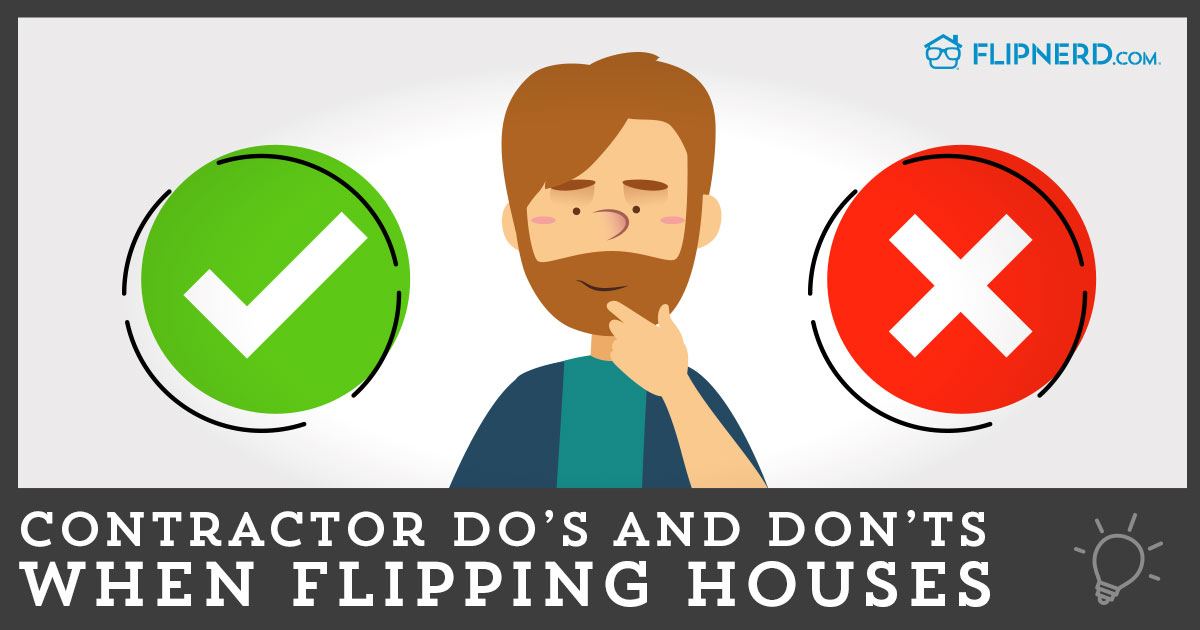So you finally found a great property investment and are ready to jump in. Great! But before you do, make sure you can answer this one question before you buy – what are you going to do with it?
How are you going to make money with this property?
One of the biggest mistakes you can make in real estate investing is failing to know your exit strategy when you buy. Know what you’re going to do and how you’re going to make profit from each and every one of your property investments before you buy!
Whether you wish to purchase a rental property that will generate monthly income for years to come or facilitate a quick-and-easy sale to a third-party, you should always have in mind one of the following effective exit strategies at your disposal.
ASSIGNMENTS
Assigning a property involves you first getting a property under contract to buy. Then you sell or “assign” your right to purchase the property to another buyer for a little higher price. You make the difference of what the new buyer pays for the property and what you promised to pay the seller.
The greatest benefit of an assignment sale is that you don’t actually close and own the property.
Additionally, you don’t have to make any repairs to the property, which limits your risk and required capital. If you have a network of buyers looking for properties, assignments can be relatively easy to execute.
One downside of assignments is that you don’t own the property, and have less control and ability to maximize value.
While this strategy is less risky overall, it is also generally, the least profitable. Finally, some states don’t like assignments so be sure to check with your state real estate commission before embarking on this strategy.
Target Buyer: Other Investors
Length of Ownership: None
Capital Requirements: Little
Wholesaling
Wholesaling is a relatively simple exit strategy that involves buying and selling a property without making any renovations or changes.
These types of deals are often called “double closings,” since the second sale can be made just days apart from the first.
A wholesale could be a lucrative exit strategy if you are skilled at locating properties that are below market value, finding buyers soon after and having capital to close on the property.
The downside is that these transactions are less likely to yield the dramatic profits that come with renovating older or damaged properties and selling them at mint condition prices.
On the other hand, wholesale properties require less time and no additional cash investment for repairs.
Target Buyer: Other Investors or Handyman Owner Occupants
Length of Ownership: 0 – 1 Month
Capital Requirements: Some
Rehabbing
Rehabbing is by far the most widely recognized exit strategy and it has even been the source of inspiration for several popular reality TV shows. Rehabbed properties, also known as fix and flips, can be a promising exit strategy if you have access to capital and a team of people with the right know-how.
Check Out here how Your Real Estate Dream Requires a Team
Even relatively inexperienced rehabbers can turn a generous profit by purchasing a property at a significant discount, making the necessary repairs, and re-selling the property for a profit.
The key to maximizing profit with rehabbing depends on how much value you create for your buyer, who will typically be an owner-occupant.
The main pro of rehabbing is that it is more profitable than assigning or wholesaling strategies, because you have an opportunity to create significant value for your buyer.
Plus, it can be very rewarding for you, personally, and for the community, to see the transformation of a house to being the prettiest one on the street.
The main con of this strategy is that it involves significant capital, time and risk. You must thoroughly investigate each property before purchasing and budget for repairs. You must manage contractors to get the rehab project done on time and within budget.
You will be holding the property for much longer – between 3 – 6 months, which means your pay day comes much later than the other strategies. You (or your general contractor) will most likely be dealing with local government officials concerning permits and inspections, which can take a while.
Rehabbing is not for the faint of heart. Additional repairs can and do show up and you have to be mentally ready (and have capital available) to get the repairs completed quickly and correctly.
Target Buyer: Owner Occupants
Length of Ownership: 3 – 6 Months
Capital Requirements: Significant
Buy and Hold Rentals
Buy and hold properties, commonly known as rental properties, are a great strategy for investors who are looking for a steady long-term cash flow and wealth building.
Buy and hold properties can generate monthly stream of income for as long as you hold onto the property, as well as appreciate in price over time. The main benefit of owning rental properties is to build wealth. Your tenants essentially pay down the property for you every month.
The Buy and Hold strategy depends upon your ability to locate rental properties in desirable areas for tenants and ability to manage the property (or hire a reliable property manager!).
Finally, another benefit of owning rental properties is depreciation expense – a non-cash expense that helps to reduce your taxable income come tax time.
The downside of this strategy is that managing tenants and the maintaining the upkeep of the property can take a good deal of time, capital and patience. Also, your tax return may get significantly larger and more complicated if you own several rental properties.
Target Buyer: None
Length of Ownership: Many years
Capital Requirements: Significant
Choosing the right exit strategy is just as important as choosing the right property to invest in.
From a rehab property that takes months to turn into an investment to the quickest assignment, familiarity with each of these strategies will help you improve your real estate investing portfolio.
FlipNerd.com offers up-to-date listings of investment properties in your area to help you get started in addition to more expert tips and tricks of the trade!









